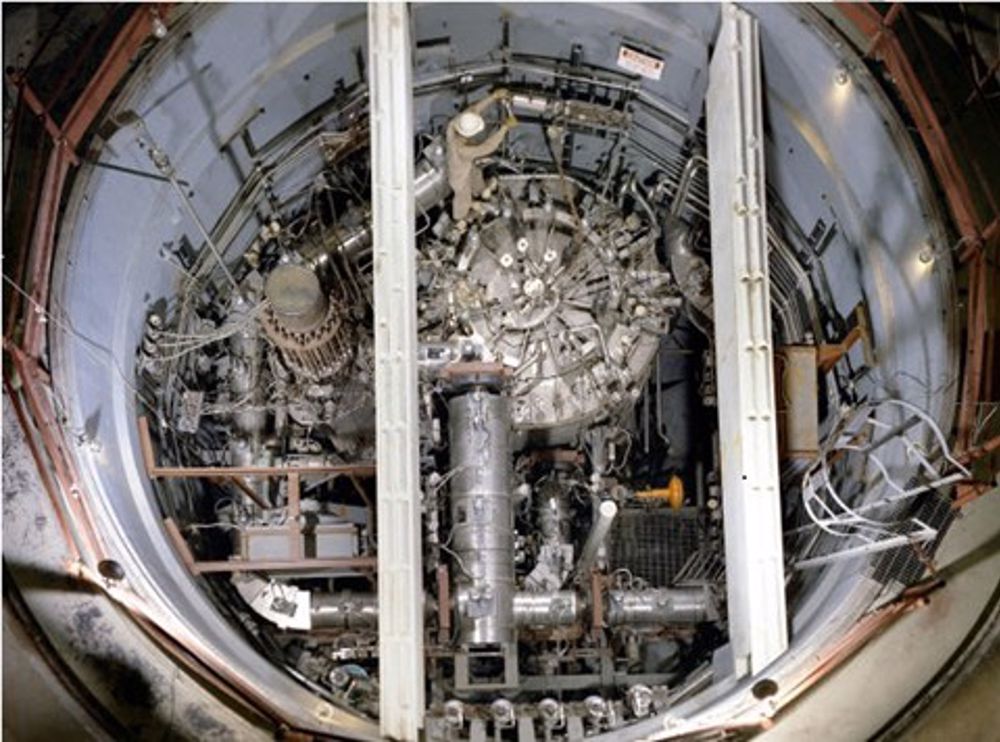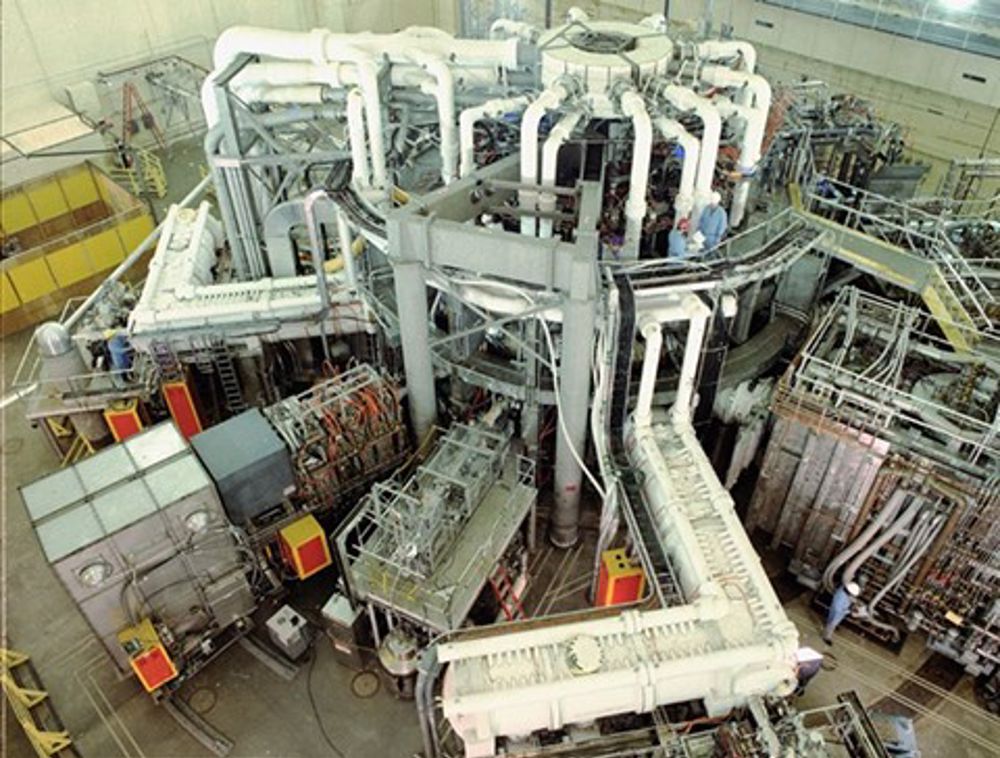Nuclear Power – A Safer Way Forward
The estimated world reserves of Uranium-235 (235U) could fuel nuclear power generation at current levels for 500 to 600 years. Even today’s known reserves of 235U could sustain the current level of nuclear power for 90 to 230 years according to various estimates. In July 2015, there were 438 nuclear reactors operating in 30 countries with 67 under construction. The majority are 235U reactors, but 15 use the thorium cycle. Today 10% of global electricity is produced by nuclear power.
Accidents like Fukushima, Chernobyl and Three Mile Island have rightly raised public concern about nuclear power. There is also genuine concern about the proliferation of nuclear weapons which use Plutonium-239 (239Pu) generated by current 235U fission reactors. These concerns are real, particularly with nuclear fission using 235U. According to a statement by the former Japanese PM, 50% to 100% of Japan could have been destroyed if all six reactors at Fukushima had melted down. In fact, three of the reactors suffered melt-down, two suffered a major hydrogen explosion and the condition of the remaining reactor is unknown.
There are safer ways to generate nuclear power than 235U fission. The thorium cycle and nuclear fusion are two leading alternatives.
The Thorium Cycle
The radioactive element thorium (thorium-232, 232Th) is approximately 100 times more abundant than 235U and needs no enrichment. Thorium compounds such as ThO2 are very stable and amenable to use in high temperature reactors. The thorium cycle involves addition of a neutron to form 233U which is more fissile than 235U. However, the relative insolubility of thorium means that extraction costs may be greater. The reduced level of radioactive waste generated by the thorium cycle and its shorter half-life, the longest being Caesium-137 (30 years), are factors in its favour. The Liquid Fluoride Thorium Reactor (LFTR) is an established technology using thorium. LFTRs are unpressurised and leakage, should it occur, would simply flow into a containment bund and then solidify. A much lower risk than the pressurised cooling systems in almost all existing 235U reactors. The LFTR can be used to consume existing high-level nuclear waste and old weapon stockpiles and does not produce weapons grade materials. Another ‘safe’ option is to use thoria (ThO2) and inert matrix fuels to avoid the proliferation of weapons. A thorium cycle reactor is shown in Figure 1.

Nuclear Fusion
Controlled nuclear fusion has the potential to safely generate power. Fusion reactors produce no radioactive waste directly and the inventory of fusionable fuel would be small. There is a large resource of the required fuel compounds Deuterium and Tritium. Deuterium (2H) comprises 0.0312% of hydrogen in the ocean. Tritium (3H) is less abundant and is formed principally in the upper atmosphere by the action of cosmic rays on Nitrogen-14 (14N) and by combination of two deuterium atoms. It then falls to earth as rain. Tritium is radioactive and has a half-life of 4,500 +/- 8 days. It is also generated in nuclear reactors.
Commercial nuclear fusion is some way off. Construction is underway on an experimental fusion reactor (ITER) in Cadaranche, France funded by the EU (45%) and 9% each by India, Japan, China, Russia, South Korea and the US. It is hoped this will lead to the construction of a demonstration nuclear fusion power plant (DEMO) by 2033. British company, Tokamak Energy, anticipates it will generate power by nuclear fusion in 2030. Figure 2 shows a Tokamak fusion reactor.

Radioactive Waste Disposal
There is no cost-effective means for the disposal of large quantities of nuclear waste. The “solution” to date has been to store it. The amounts of toxic waste generated are considerable. OECD countries alone produce some 300,000 t/yr. The World Nuclear Association (WNA) claims that complete disposal is achieved by geological burial 500-1000 m deep – so much so that no monitoring would be required. Most risk engineers would regard this as being long-term storage rather than disposal and would require ongoing management of the facility. One of the most advanced long-term storage facilities being constructed is the Swedish Forsmark repository shown in Figure 3. Storage anywhere will have to be for a very long time. Nuclear waste half-lives can last up to up to 15.7 million years. One can only imagine the impact if the location of these storage sites is forgotten over the centuries and future societies stumble across them. The best long-term solution for radioactive waste is to not produce it.

Conclusions
Nuclear power generation with 235U fission reactors produce significant amounts of nuclear waste and have the potential for catastrophic outcomes in the event of a major incident. However, there exists an opportunity to regain public confidence in nuclear power with a safer way forward. Namely, the deployment of commercially proven LFTRs that use the thorium cycle. LFTRs are safer and generate little radioactive waste. Further into the future, the development and commercial deployment of nuclear fusion reactors would be an enormous step toward a safe nuclear future. With LFTRs and Fusion, nuclear power could play a significant part in a Net Zero future.